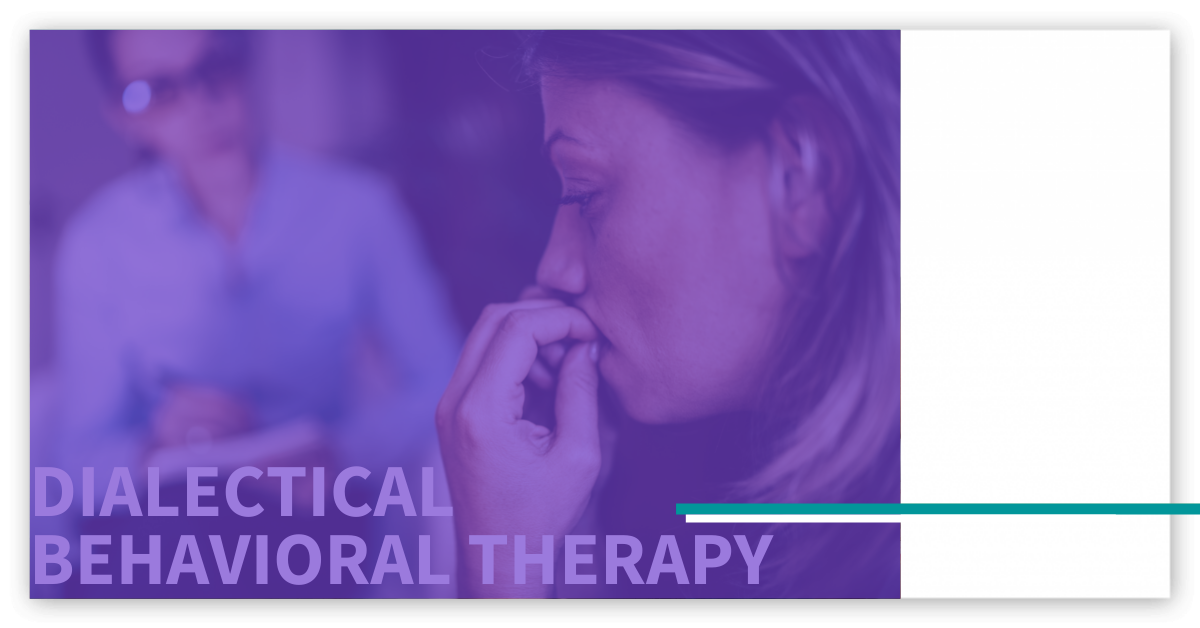What is Dialectical Behavioral Therapy (DBT)?
LISTEN TO THIS ARTICLE:
What it is
Dialectical Behavior Therapy (DBT) specifically treats Borderline Personality Disorder (BPD). DBT was developed less than 30 years ago by Marsha Linehan, a psychologist who personally suffered from Borderline Personality Disorder.
Who needs it
Soon after its inception, Dialectical Behavior Therapy rapidly became the standard primary treatment for BPD. It can also be adapted for patients who have co-occurring issues with substance abuse, eating disorders, and depressive disorders. In general, it is useful for anyone who has significant trouble regulating their mood.
How it works
Treatment has multiple flexible stages so the therapist can meet the patient at their specific level of need. Patients participate in one year of weekly individual psychotherapy, weekly group skills sessions, case management, and telephone meetings as bridges between weekly in-person sessions. Dialectical Behavior Therapy approaches Borderline as a disorder of emotional regulation and difficulty dealing with distress. DBT borrows the concept of learning behavioral skills from Cognitive Behavioral Therapy, and patients develop techniques to accept and to deal safely with emotional anguish. By training with the therapist, patients replace their traditional coping mechanisms (most notably, self harm) with skills enabling them to alter their emotional responses and tolerate distressing situations.
Where to go
These patients usually come to medical attention after episodes of self-harm or suicide attempts leading to psychiatric hospitalization. The treating psychiatrist refers them to an appropriately trained therapist (usually a licensed clinical social worker or a psychologist). Because of the frequency of hospitalization, DBT sometimes begins while the patient is still in the hospital, though the majority of treatment occurs outside the hospital at the therapist’s office.
What to expect
DBT is significantly more effective than other therapies such as CBT and interpersonal therapy and is much more financially efficient, both for the patients and the healthcare system.
What could happen
Like most other interpersonal therapies, DBT does not have a significant potential for negative side effects.


 Learn
Learn Find Help
Find Help
